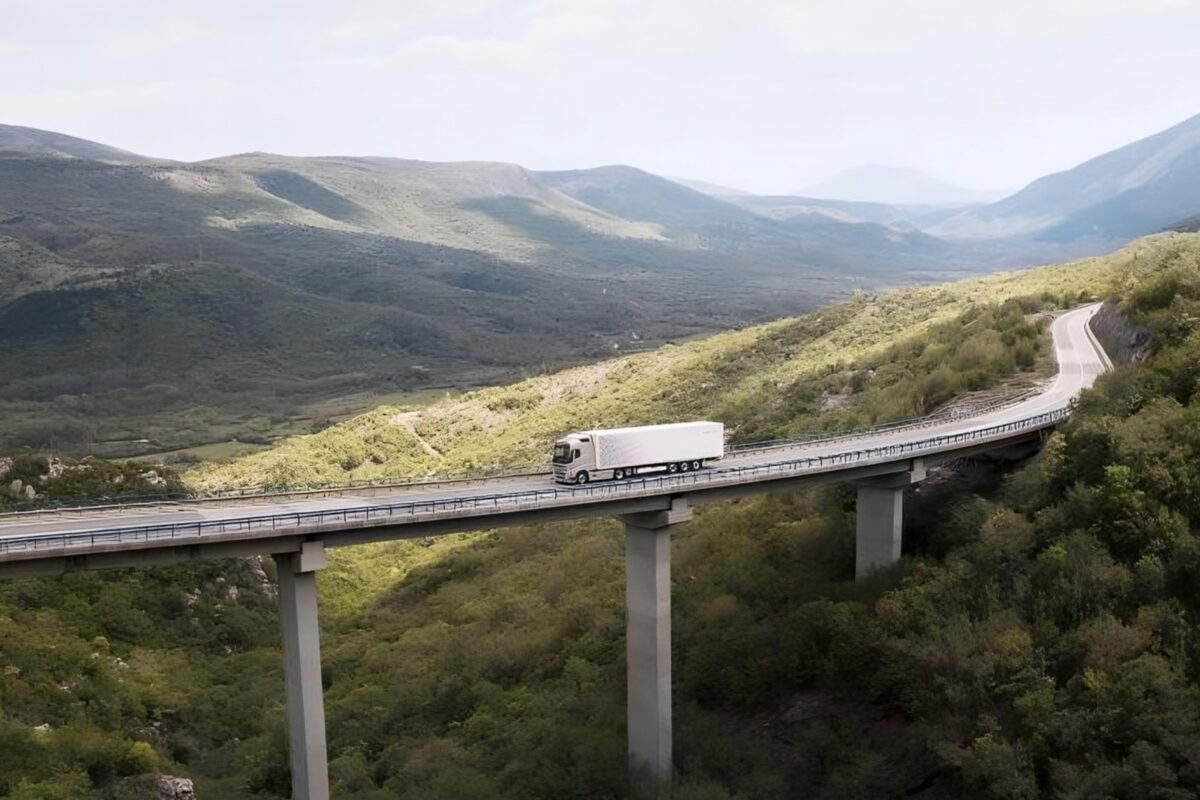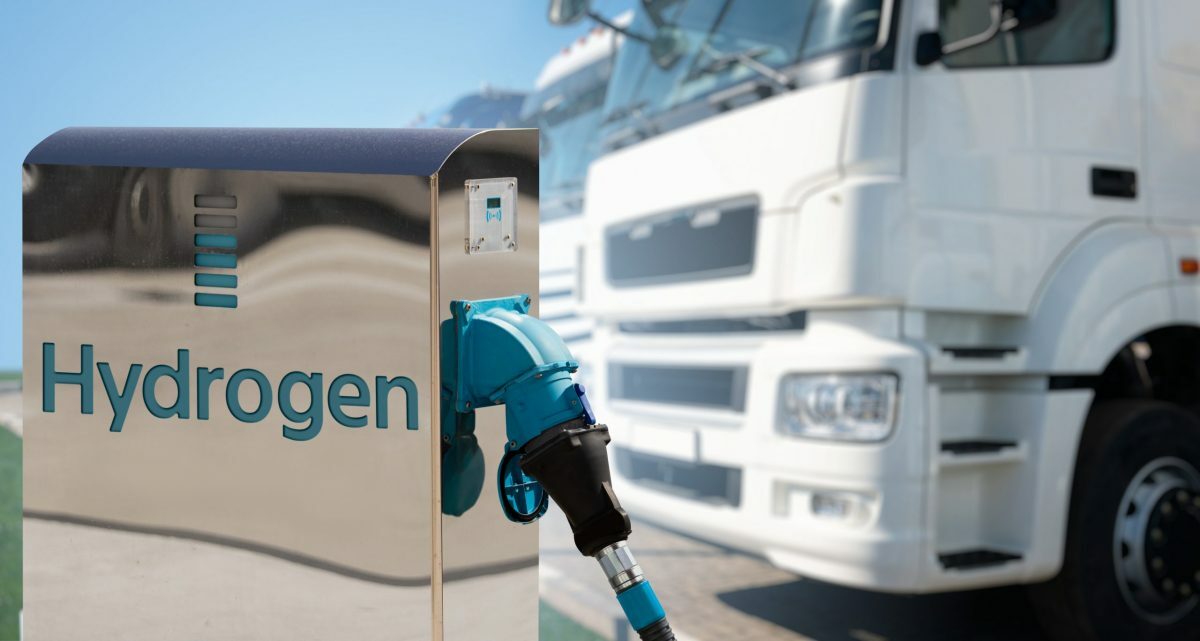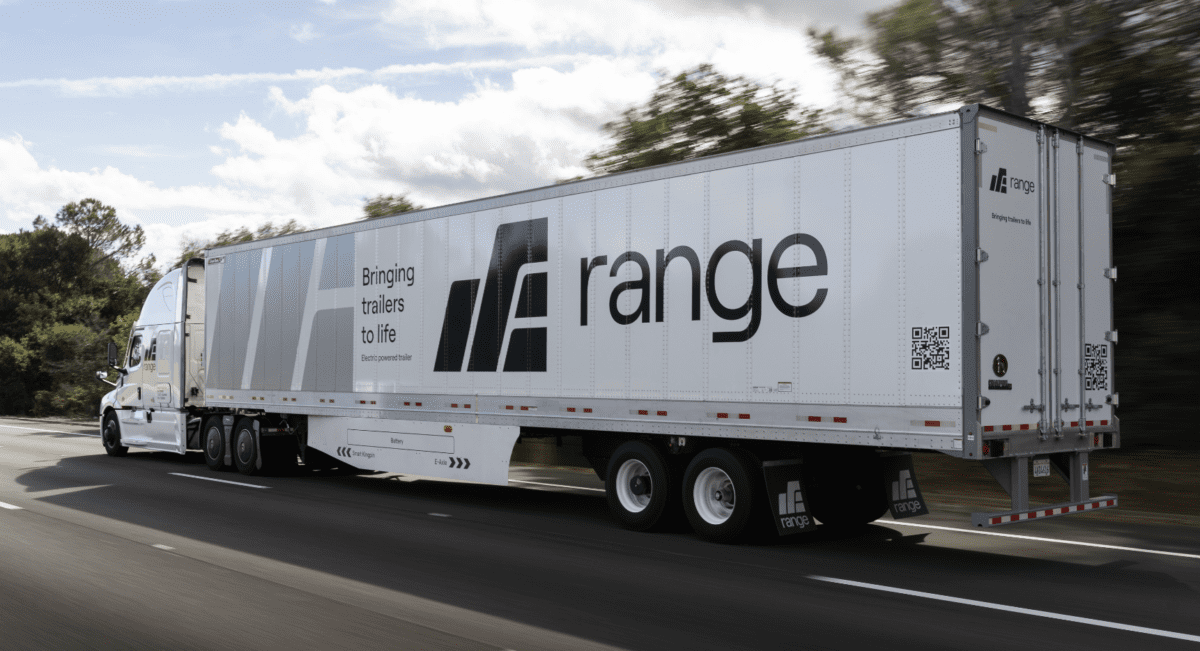Henrik Fisker yesterday decided to walk away from the company he’d created and that bears his name. In the process, he joined many other entrepreneur CEOs who have been forced to relinquish control of their often radical vision to others, without emotional ties to that vision, to make the business work.
Like Shai Agassi, the man who created, led and then lost control of battery switch company, Better Place, Fisker has spent years securing considerable levels of private investment and government grants and loans to get Fisker Automotive off the ground. Both had a vision, both wanted to make a difference, and both wanted – understandably – to head up their own companies.
As Henrik Fisker found out, having your name above the company door is one thing, but when you are beholden to the interests of your major creditors – including the US government – the writing is usually also on the wall. Deliver, it says, or else.
‘Or else’, in most cases, means accepting significant compromises to the original vision, or walking away as others take control of the accounts.
Delivering high cost, high commitment EV projects in an industry that is notoriously slow to adopt breakthrough technology requires scale and heritage
In both cases, delivering proved much harder than securing the investment. Delivering high cost, high commitment EV projects in an industry that is notoriously slow to adopt breakthrough technology requires scale and heritage. Neither project had either. Better Place’s battery switch model could be the game changer that the EV industry desperately needs; but so too could many other technologies and ideas, and this cautious industry is spreading its bets. Better Place had begun to deliver, but only in selected markets, at low volumes, and with only one car model – Renault’s Fluence Z.E. – available with a switchable battery.
Fisker Automotive, on the other hand, has struggled to deliver. Valmet, its Finnish contract manufacturing partner, hasn’t built a Fisker for months, due in part to the bankruptcy and subsequent acquisition by China’s Wanxiang of the Karma’s battery supplier, A123 Systems, which also happened to be a recipient of US government funding. And there’s no SOP date in sight for Fisker’s Wilmington, Delaware factory which is due to build the Atlantic, Fisker’s second vehicle range. With output short of projections, the US DoE froze loans, putting further pressure on the company. Negative test reports and headlines only made matters worse.
When Shai Agassi was ousted as Chief Executive, he said he would remain on the board of Better Place. Not long after, he cut all ties with the company he created.
In early 2012, Henrik Fisker was replaced as CEO by Tom LaSorda; co-founder Bernhard Koehler was also sidelined. LaSorda subsequently stepped aside for Tony Posawatz. Fisker adopted the role of Executive Chairman, but his name and charisma saw him continue to occupy the limelight. In February, he talked of soon restarting production, Wanxiang hinted at a possible “strategic alliance” with Fisker, and reports circulated of acquisition interest from Chinese OEMs.
With output short of projections, the US DoE froze loans, putting further pressure on the company. Negative test reports and headlines only made matters worse
It’s not known what forced Fisker to resign, other than disagreements with executive management. Having already ceded full control of his own company, negotiations with potential new investors are likely to have involved compromises to the original Fisker Automotive vision that went beyond anything he was willing to contemplate.
Shai Agassi continues to promote battery EVs and the battery switch concept. Henrik Fisker’s name is on the 2,000 or so vehicles that have been built to date, and it remains above the company door. It’s the visionary’s role to create new enterprises; but as Kevin Czinger, founder and former CEO of Coda, Andrew Mason, founder and former CEO of Groupon, Shai Agassi and now Henrik Fisker have learned the hard way, there comes a point in a start-up’s progression when the long-term vision has to square up to the short-term need to deliver a return on investment.
Martin Kahl is Editor, Automotive World.
The AutomotiveWorld.com Comment column is open to automotive industry decision makers and influencers. If you would like to contribute a Comment article, please contact editorial@automotiveworld.com.



